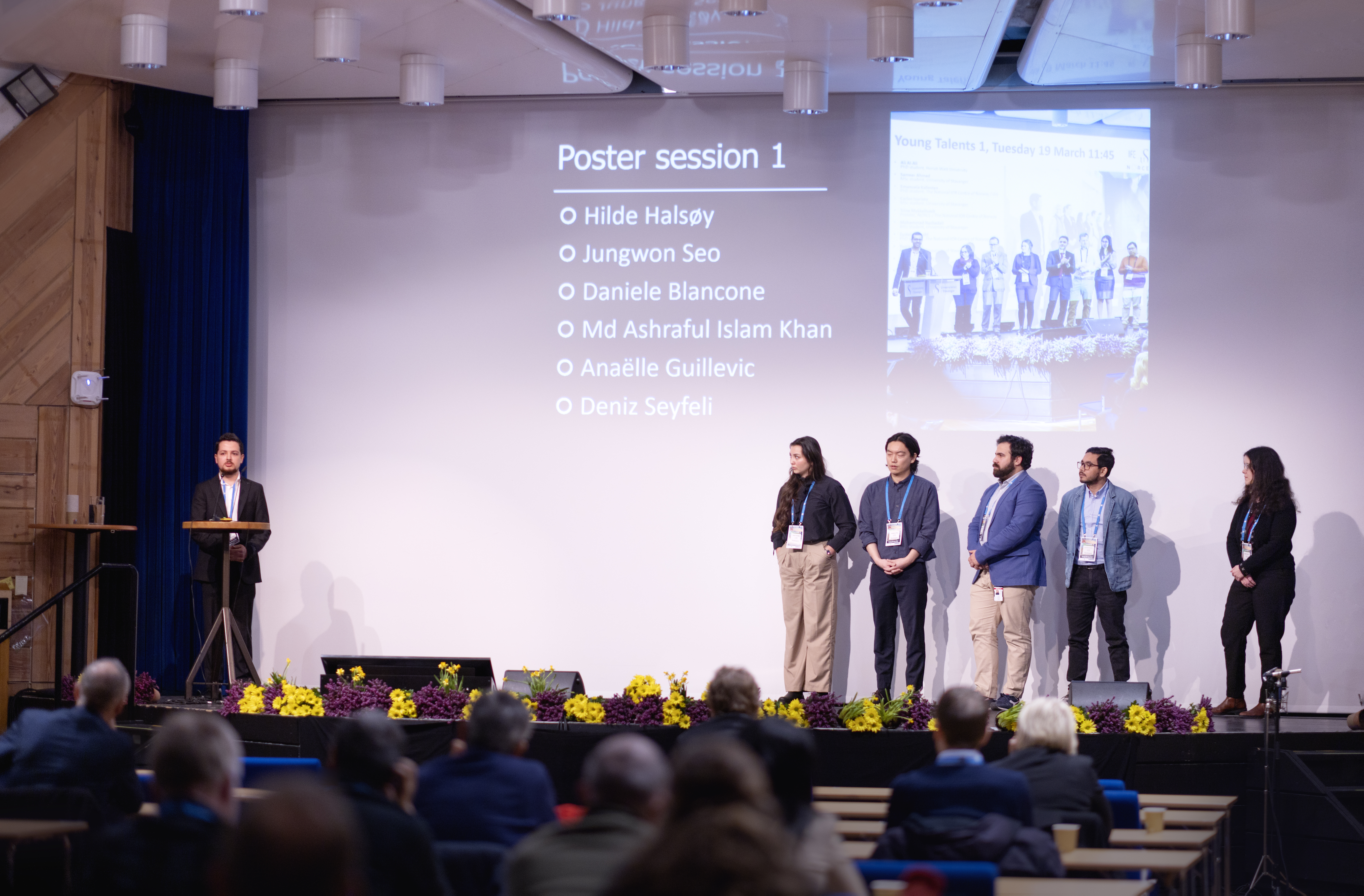The National Centre for Sustainable Utilisation of the Norwegian Continental Shelf was established with a grant from the Research Council (RCN) in 2021, started in 2022, and will last up to eight years.
Blog post
The blogpost is written by

University of Stavanger is the host institution, and NORCE, IFE, and the University of Bergen are research partners. The Centre is funded by the RCN, six oil and energy companies, and in-kind support from the four research partners and two technology suppliers. The NCS2030 will contribute to solving the sustainability dilemma – how best to utilise the nation’s resources to ensure stable energy access, while at the same time reducing greenhouse gas emissions. The broad interdisciplinary group is made up of more than 70 researchers, including nine PhDs and one postdoctoral researcher. To increase the value of research for industry and society, the Centre collaborates with researchers and PhDs from related projects and with the other petrocentres, CSSR and LowEmission. In the coming years, the Centre will hire three more postdoctoral researchers and ten PhDs.
We are seeing good results from the one-to-one meetings with the industry partners in 2023. The good dialogue and increased cooperation have led to courses, access to field data and samples, and the employment of student interns. Calculation tools, such as eCalc, which can quantify the reduction in CO2 emissions achievable by using the centreʼs research, is central to several of our projects. In the summer of 2024, the centre and Equinor arranged a two-day eCalc course, in which NCS2030-affiliated students and researchers and employees from OKEA and LowEmission participated.
A central goal of the NCS2030 is that our research should be relevant and applicable. Therefore, it is essential that research can be tested against reality. An important step in achieving this is to study production data, models, and reservoir rocks from real oil fields. During 2024, the Centre was granted confidential access to data from two oil fields. This data can be used to test whether models and hypotheses match reality, and whether other methods and strategies can provide more profitability and energy-efficient utilization. The data can also be used to see if it is possible to use abandoned oil fields to extract geothermal energy, store excess energy, or permanently store waste, for example CO2.
The petroleum industry is becoming increasingly aware of the need to reduce CO2 emissions from its activity. In Norway, the petroleum industry accounts for 25% of the country’s emissions and at the same time 24% of GDP. Half of the industry’s emissions come from energy use linked to pumping water through the reservoir. This is done to maintain pressure and production but means that mature fields produce more water than oil. The Centre is investigating several methods that can increase the efficiency of water injection. One promising approach is to dissolve the field’s CO2 in the injected water. In some cases, this will have a beneficial effect on the capillary forces and cause the water to be sucked into a larger area of the oil field. This will reduce the energy required to pump water, and much of the CO2 will be captured in the field.
The NCS2030 is not only focused on petroleum. The potential for extraction, use, and storage of non-fossil forms of energy, such as geothermal, electricity, and hydrogen, are investigated. A preliminary investigation has shown that 60% of the pilot study area’s energy needs can be met with geothermal energy from the hot water co-produced with the oil. Studies of seismic data from the southern North Sea show that hydrogen equal to four times Norway’s annual energy consumption can be stored in artificial caves in salt structures. Simulation studies on the model of a real oil field show that it is also possible to store hydrogen in both the water zone and the oil zone with 96% and 90% recovery, respectively.
